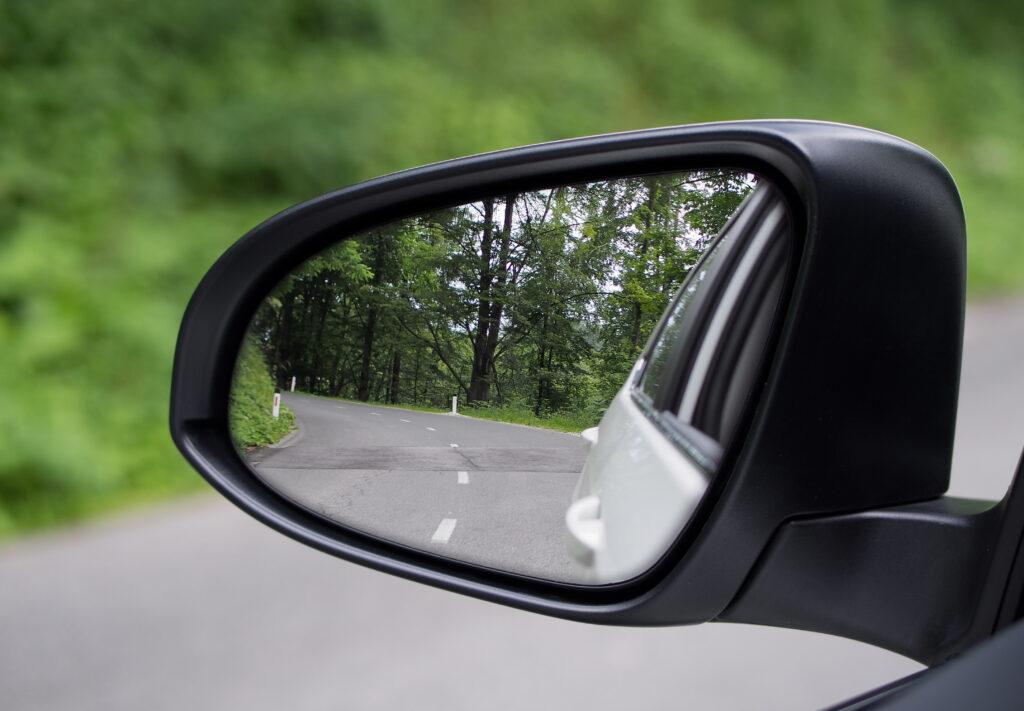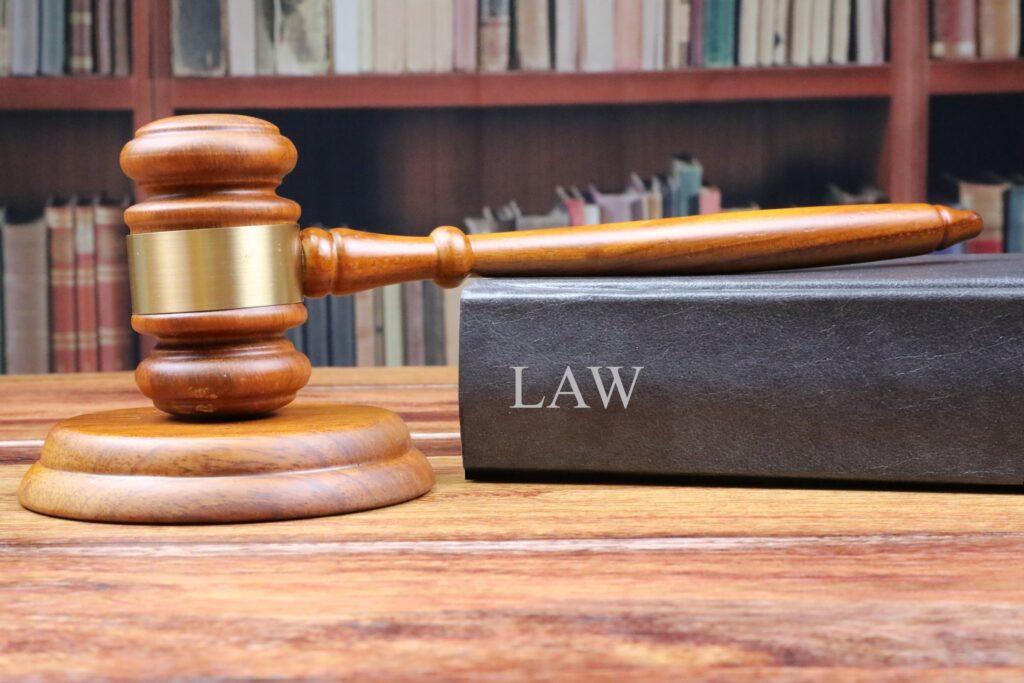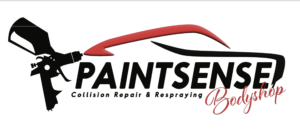In this guide we will learn the basics of car wing mirrors, exactly how to use them – and more importantly, how to fix them if anything should go wrong. Your pesky side mirror damage will be no more!

History of Wing Mirrors
The car wing mirror – or, side mirror for short – was invented in the mid 1940’s as a practical way to see to the rear of your vehicle in tight two way lanes. Although, it wasn’t until the 60’s when they became less of a luxury item, and more of a necessary tool in day to day driving.
See the Wikipedia article for more details here.
How to Use a Car Wing Mirror
Unless your car is more than 40 years or so old, it will likely include a range of useful features.
Electric Adjustment
Most modern cars will have remote adjustment for your wing mirrors. These are often found nearby the driver’s seat console, or, the a switch is often found somewhere on the door.
These switches (mentioned above), usually control both the driver and passenger side wing mirrors. You can use these to set the rear view that is right for you.
Wing Mirror Glass Heating
You might not know this – but your car’s mirrors will likely have heating elements that ensure your view is always clear. But, no need to worry if you can’t find the switch because these are controlled by the car’s electric system automatically.
Fixing Damage to Your Wing Mirrors
99% of wing mirrors should snap back into place if they are not cracked. But, it depends on how fast you’re travelling and how hard you hit your mirror against the other object.
Sometimes you’ll only receive damage to the cover plastic — with a few scrapes or a crack. Other times perhaps only the car mirror glass gets smashed. The least lucky will find the full mechanical component hanging off the car door by its wires.
See our handy fixing guide if you want to give it a go yourself here.
If you Lose or Break your Mirror Glass
It doesn’t happen very often, but if your car wing mirror glass hasn’t been pushed into place properly, they can pop out again if you hit a speed bump, kerb or a pothole at speed.
The vibration or shock can be enough to jolt the backing plate or insufficiently adhered glass out of its holder. So when you fit a replacement, check it’s firmly seated in place.
Fitting a New Wing Mirror Mechanism
Given the amount of electrical componentry inside a modern wing mirror, this can be a complicated job that’s often best left to an expert.
If you’re a pretty handy home mechanic, however, and have the manual or a good YouTube video to guide you, it’s not out of the way to buy and replace one yourself. You can find a useful YouTube video here.
If you are out of your depth – PaintSense can arrange full wing mirror repair.
Car Mirror Glass Replacement
Replacing your car wing mirror glass is an effortless and straightforward procedure. Just follow the steps below to get started:
- Stick on wing mirror glass
- Find the correct replacement mirror glass for your vehicle. Make sure to buy the correct option for the driver or passenger side mirror.
- If the cracks on your wing mirror aren’t too severe, clear off excess glass splinters (carefully) to obtain as smooth a surface as possible to stick the replacement to.
- If the wing mirror is very badly damaged, (again, carefully) remove as much of the glass as possible from the backing plate. A clever trick is to use a hairdryer to heat the adhesive behind the glass. If the adhesive is softer, you should find it easier to remove any stubborn shards.
- Using the sucker provided with the replacement mirror glass, hold the mirror and peel off the adhesive backing sheet. Place the glass on top of the damaged glass or backing plate. Once stuck in place, make sure you have a good contact by firmly rubbing the new glass with a cloth (or wearing gloves) to ensure the best possible adhesion.
- That’s it. Easy, right?
Fitting a New Backing Plate
Replacing your car wing backing cover is an effortless and straightforward procedure. Just follow the steps below to get started:
- Protecting the wing mirror cover with a cloth, insert a screwdriver or lever behind the wing mirror glass. Make sure to get it behind the backing plate and not just between it and the glass.
- Lever it out—it should pop out pretty easily.
- There will be a couple of electrical connectors that are responsible for the heating element in your mirror. Slide the wires off, making sure to remember, or label, which one goes on which connector.
- Slide the wires onto the new backing plate and securely pop it into the fixing points.
- Give the glass a polish, check the alignment, and you’re good to go.
If you are having trouble matching paint colours, or are in need of a respray – check out our paint matching guide here.
The Cost of Replacing Car Wing Mirrors & the Glass
Replacing wing mirror glass
If you can get away with a simple glass replacement, and fitting it yourself, basic wing mirror glass shouldn’t cost you much more than £10. For example, if you shop savvy, you can buy a 2009 Vauxhall Astra wing mirror glass for as little as £6.99.
Wing mirror backing plates
A backing plate can cost as little as around £10 too. You shouldn’t expect to pay more than £15 to £20 for a typical family car.
Wing mirror replacement
Having a new wing mirror mechanism fitted can cost you anywhere from £150 to £500. As always, it depends on the car you drive. You wouldn’t expect them to cost the same if you drive a Ford Ka or a Mercedes S-Class.
Legal Issues for Car Wing Mirror Damage

If you choose to ignore a damaged wing mirror or tape it back in place with the broken glass still in place, you could be heading for a fine.
Driving with a cracked wing mirror is a safety risk and against the law. On top of that, it will fail an MOT.
Given how little replacement glass costs, it’s better to take care of it straight away and avoid any of unnecessary headaches. We hope you have learned that car wing mirror repair is necessary!
